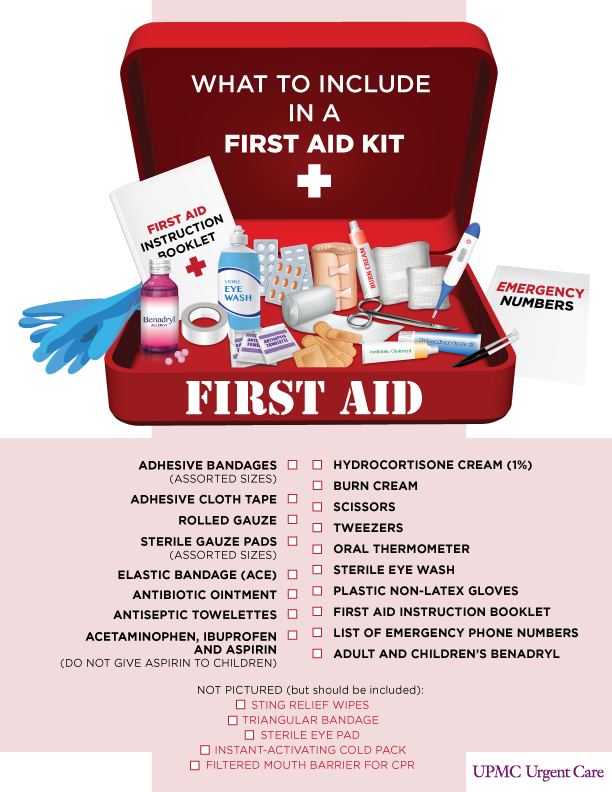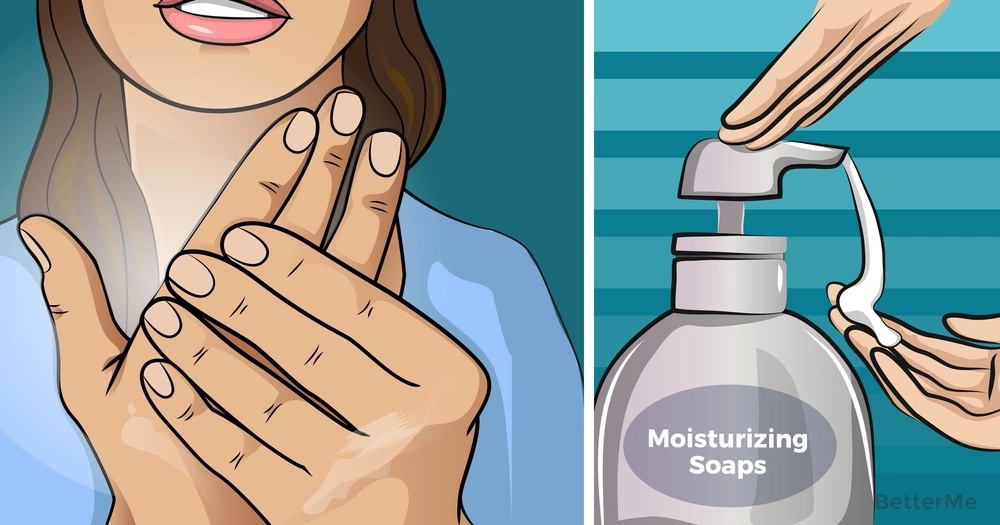Table of Content
The high price, relatively small amount of light-duty bandages and lack of a CPR face mask ultimately kept this kit out of our top spot, but if those aren’t a deal breaker for you, this is a fantastic kit. If you’re interested in a high-end kit that’s designed with durability and variety in mind, this could be exactly what you’re looking for, though it comes at a price. Right out of the box, I could tell that the bag itself was extremely durable, and the clips, Velcro and zippers felt sturdy and secure as well. You can really throw this thing around without worrying too much about damaging it. Inside, the kit opens up into two large compartments, each with their own collection of pockets, sleeves and elastic bands, containing a huge amount of gear. Items like a finger splint, burn creams and a large Burnshield trauma dressing make this kit especially well suited for camping excursions.
It also includes a nice supply of bandage types and sizes as well as extra-large sterile trauma pads and conforming gauze rolls, essential for minimizing blood loss during serious emergencies. A pair of triangular bandages and safety pins are also convenient for putting together a makeshift sling. Two pairs of gloves was a nice perk as well, as most kits provide only a single set. We were surprised to see that the only medication provided in this kit was a single aspirin packet, whereas almost every other kit provided at least an additional supply of ibuprofen or acetaminophen. The case itself didn’t feel especially durable, though, and I nearly snapped off a hinge clip the first time I tried to open it. This kit probably isn’t for the inexperienced, but if you have the proper training and are confident using professional medical instruments, it could be a good fit.
Cleaning Supplies
Once opened, testers were tasked with finding specific items in their kit during a timed trial. Lastly, testers inspected each item for quality and placed them back inside the kit to see how easy it would be to keep them neatly arranged and easily accessible. After putting the First Aid Emergency Response Trauma Kit to the test, our tester gave it a top score for ease of use, organization, and quality. It is filled with quality items, including an assortment of bandages, a stethoscope, a blood pressure cuff, and just about everything a first responder would need, making it a full-service kit. If anyone in your family has special medical needs, prepare travel kits that are clearly marked and specifically designed to treat his or her needs.An allergy emergency kit is probably the most common example.

For a lunchbox or other rigid container, look for smaller, clear plastic containers like those available for crafting supplies, or even disposable food storage containers with snap-on lids. Now you are probably thinking we just talked about how your main first aid kit could be in the bathroom. I listed bathroom first aid kit on here if you have multiple bathrooms or decided to keep your main first aid kit in the laundry room or kitchen.
How to Create a Home First Aid Kit
Still, it contains all the essentials, so it’s a smart buy if you don't have much space to store a first aid kit. Looking for a basic first aid kit that you can tuck into your backpack or glove compartment? We recommend the Small First Aid Kit, which is compact but durable. In addition to bandages, tape, and topical ointments, the affordable pouch contains many foldable items, like an emergency blanket, a tourniquet, and a CPR mask. It also has a saline solution for rinsing the eyes and irrigating wounds.

Sterilize tweezers and scissors over a flame for a few seconds or with alcohol for added safety. If a family member is pregnant, then for the duration of the pregnancy include any vitamins or supplements she might be taking. Include two or more doses of any medications, in case of a delay in medical intervention. Make sure everyone in your home who is old enough to understand the function of a first aid kit knows its location and when to retrieve it. My desire is to help women who feel overwhelmed weave time-honored recipes into their routines to create a sense of simplicity. Most of my recipes come from the treasured recipe box passed down from my great-grandma, grandmother and mother.
Additional First Aid Items to Include In Your Kit
Making a home first aid kit is absolutely necessary for your family and simple to produce. You never know when an injury or emergency is going to happen and you want to be prepared. First, stock a first aid kit with basic supplies and add in those personal items that your family may use. Second, store your main first aid kit in a common place that everyone knows about, but that small children can’t reach.
Our top picks range from a basic kit for $18 that’s perfect for stashing in your car or boat to a $125 set stocked with enough supplies to treat up to 50 people. We opened up each kit and did as much hands-on testing as possible with their contents, assessing the quality of the included items. We paid close attention to the build quality and material of any tools or instruments, such as tweezers and scissors, which had a broader range in quality than we expected. While some kits provided high-quality EMT shears and metal tweezers, others used cheap, flimsy scissors and plastic tweezers.
It’s not just about the physical materials and medications used to treat ailments, but also the tools that can assist with the process. Tweezers, small scissors, a thermometer, a scale, and instant ice packs are all items that could be beneficial to have included in a first aid kit. “If you have high blood pressure, an accurate automatic BP cuff is helpful,” says Mattan Schuchman, MD, medical director of Johns Hopkins Home-based Medicine. The kit also includes saline wash, which Dr. Bedi noted as an item anyone should think about adding to a first aid kit if it’s not included. “When possible, try to avoid antiseptic sprays or alcohol pads, as these can cause more pain and squirming—and aless-thoroughly cleaned wound—when caring for small children or panicked adults,” she says. Between cuts, scrapes, and falls, kids are more prone to small injuries than adults.

Even though there aren’t any spacers or really any organizational elements to this kit (it’s essentially a big lunch box), it was actually easier to find what we wanted than many other kits. Since nearly every item is included in its own separate box, there aren’t a hundred small pieces floating around needing to be organized into sleeves or pouches. When you’re finished with the bandages, or Neosporin, or gauze, you simply put the rest back in its box and toss it back in the kit. While the doctors we spoke to had their own suggestions for how many of each supply you should stock in a first aid kit, they agreed that it really depends on your situation.
I have my emergency information sheet posted inside the cabinet door. Hoffman also suggests reviewing first aid kits at least once yearly to ensure a good stock of supplies and that things like medications or specialized equipment have not passed their expiration date. We also like that the case is a hard plastic, making it easy to open with one hand and keep organized for use on short notice. Accidents happen—big and small—so it’s always a good idea to keep a first aid kit on hand. Whether it’s a burn in the kitchen at home or a run-in with poison ivy during a hike, a well-stocked kit can help heal most injuries or serve as a stopgap until you can make it to a doctor.
In an emergency situation, time is of the essence, meaning that one of the top criteria you should think about when selecting a first aid kit is organization. This kit from Homestock+ is organized with labeled compartments and the MOLLE system—meaning each section is contained in its own modular pouch. Jaylyn Pruitt has been working with Dotdash Meredith since May 2019 and is currently a commerce writer for Health where she writes about health and wellness products. Before joining Health, she worked as a producer for the Verywell family of brands, as well as Serious Eats and Simply Recipes. Outside of writing, she is passionate about access to information and has contributed research on the topic of health information accessibility. In Anthropology with a minor in Linguistics from the University of Florida.
The disposable thermometers were a nice perk, although I did find them to be 2 degrees lower than my actual temperature when compared to the result from my home thermometer. The 45-piece total is relatively low compared to the other options on our list, so it won’t be practical to cover the needs of more than a couple people. It is completely waterproof, though, which could be a valuable selling point for a kayaker or river rafter. The creation of a first-aid kit and ensuring that the right contents are inside may be the difference in saving someone’s life. The article mentions replacing any supplies that are used or expired and that is one tip I would caution to listen to. I believe that it is always better to have a fully prepared and ready first aid kit in case of any home emergency.
Just remember to familiarize yourself with the kit and what is in it. You should also know how to properly utilize everything the kit contains. Though it’s our best overall pick, there were a few issues with the $25 kit. The carrying case is relatively small, and the items are packed into clear plastic pockets, making them easy to spot but prone to shifting and falling out. “It was hard to get everything back in the kit,” so the contents may need reorganization from time to time, according to our tester.
3.Use pill pouches for medicine - You don’t have to bring the entire bottle of Advil. Use resealable pill pouches instead or something baggies that you can label with the name and time of day. The technical storage or access that is used exclusively for anonymous statistical purposes.

The last thing you need during an emergency is panicking just because you can’t find what you need! Use a clear packing cube for organizing your first aid essentials. Find what you need in an instant and feel organized before leaving the house. Proper ease of use is essential when it comes to first aid kits, allowing you to use it effectively and efficiently. We evaluated how convenient and straightforward each first aid kit was to use, noting how easy they were to open, find what you want, repack when finished and close back up. A first aid kit is also an important piece of an effective emergency or disaster kit, which is a larger, more comprehensive kit meant to prepare you for a weather or natural disaster.











